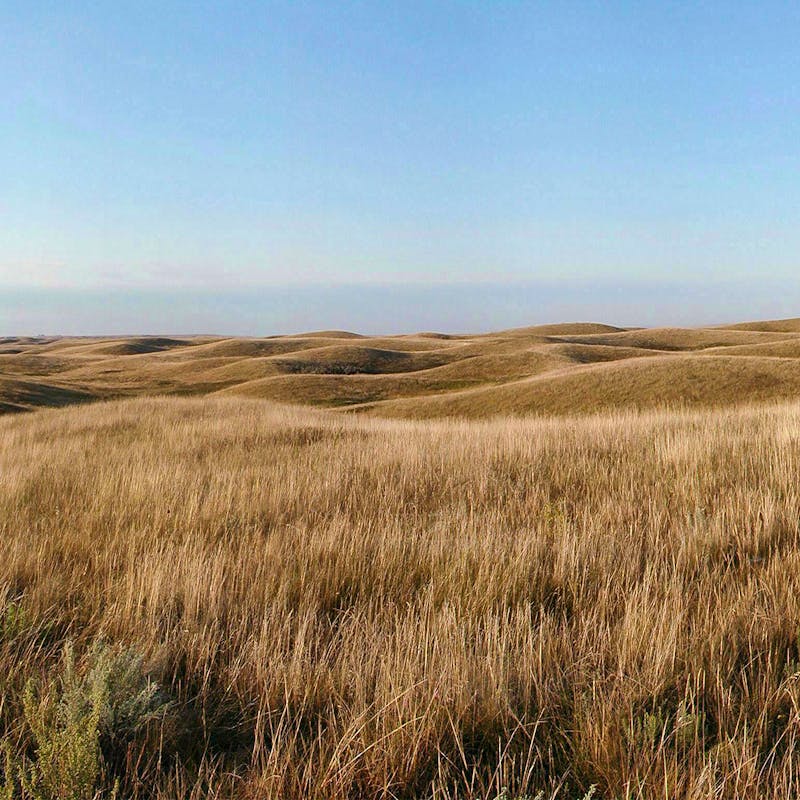Tweet“We have come so far in the ferret’s recovery and this kind of setback could have catastrophic effects. We have an incredible team of experts who have worked tirelessly for years on ferret recovery on Conata Basin. Now that we have plague active in the ecosystem, it’s all hands on deck.”
The National Park Service and U.S. Forest Service today confirmed sylvatic plague as the cause of prairie dog die-off across three South Dakota ecosystems. The plague threatens more than 160 endangered black-footed ferrets, with detections at Badlands National Park, Buffalo Gap National Grassland, and the greater Conata-Badlands ecosystem. The flea-transmitted disease threatens to turn Conata Basin-Badlands into a triage of efforts to slow and stop infection in a species that has already faced extinction once.
“Defenders is ready to assist our federal partners and provide additional resources and field staff to save as many prairie dog colonies as possible and to help vaccinate ferrets to help stave off this devastating disease,” said Mike Senatore, Senior Vice President of Conservation Programs for Defenders of Wildlife.
Sylvatic plague poses a grave threat to both black-footed ferrets and their primary food source, prairie dogs, which often face up to 90% die-off after infection — wiping out the ferret’s entire food supply. Defenders of Wildlife works with partners like the National Park Service, Forest Service and Prairie Wildlife Research to vaccinate more animals, which offers the best protection and assurance for population survival.
In 2009, a plague outbreak wiped out 90% of prairie dogs and shrunk the recovery site’s black-footed ferret population from 350 to only 50 animals. Today, approximately 400 black-footed ferrets are known to live in the wild.
“It’s devastating to learn of confirmed plague among prairie dogs and what this could mean for ferret mortality,” said Chamois Andersen, senior field representative at Defenders of Wildlife. “We have come so far in the ferret’s recovery and this kind of setback could have catastrophic effects. We have an incredible team of experts who have worked tirelessly for years on ferret recovery on Conata Basin. Now that we have plague active in the ecosystem, it’s all hands on deck.”
In a typical year, Defenders of Wildlife and other conservation volunteers vaccinate prairie dogs and ferrets, as well as spreading Delta dust — a flea-killing insecticide — around 13,000 acres of prairie dog habitat. In response to today’s announcement, the Forest Service and the National Park are assembling teams to expedite these services to ensure the black-footed ferret’s future in the Conata Basin.
For over 75 years, Defenders of Wildlife has remained dedicated to protecting all native animals and plants in their natural communities. With a nationwide network of nearly 2.1 million members and supporters, Defenders of Wildlife is a leading advocate for innovative solutions to safeguard our wildlife for generations to come. To learn more, please visit https://defenders.org/newsroom or follow us on X @Defenders.
Media Contact
News

Hundreds of Thousands of Americans Oppose Trump Administration Effort to Roll Back Protections for Imperiled Animals and Plant Species





